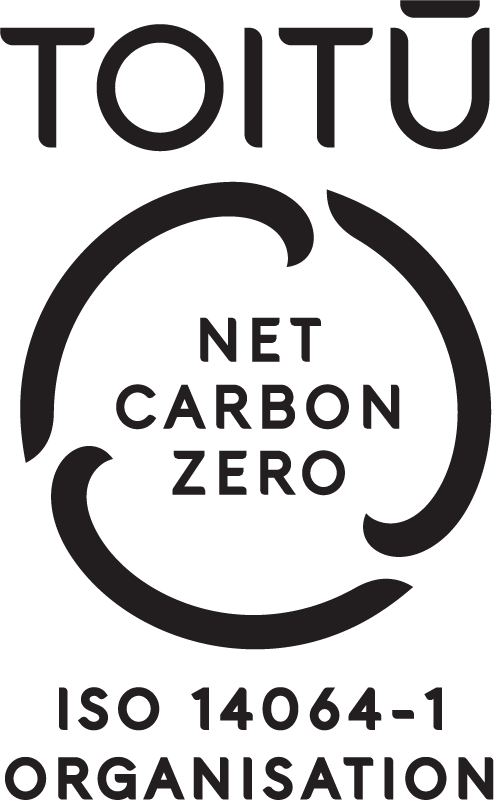
Saving KiwiSaver: why contributions matter more than fees
12 June 2021Fees have been in the spotlight recently but Mint's Head of Sales and Marketing, David Boyle, explains why we need to dig deeper to understand what is really stopping KiwiSaver members from saving...
KiwiSaver fees have hogged the headlines more than ever over the last year, sparked first by the Financial Markets Authority (FMA) ‘value for money’ crusade in 2020 before culminating in the Ministry of Business, Innovation and Employment (MBIE) default scheme announcement last month.
The regulator, of course, has a duty to monitor fees under its mandate to oversee KiwiSaver (and the broader licensed funds market) while the government itself has had a specific interest to see management fees come down, especially given the allocation of free new customers to the default providers. The writing was on the wall when MBIE’s tender document for default providers came out last year with a 60 per cent weighting to fees - a point not lost on a number of newly appointed providers. The key, though, in a lower-fee world is whether the default providers can still adequately service their new members, but more on this later.
The just-completed default review has squeezed the sticker price for managing a balanced KiwiSaver portfolio to between 0.2 per cent and 0.4 per cent – all without fixed annual member fees. If we compare this with our Aussie neighbours who have over A$3 trillion under management and charging on average 0.7 per cent in management fees, you could say it was an incredible feat.
Announcing the new default scheme terms, Commerce Minister David Clark said: “We’re sending a clear message to KiwiSaver members that the government believes they deserve much better bang for their buck.”
Now with the fee argument settled, well at least for the moment, the time has come to focus on far more systematic problems with KiwiSaver – most notably, the high proportion of non-contributing (and under-contributing) members. We also need to ask whether KiwiSaver schemes have the resources to properly assist members during market volatility, in particular, preventing unwise switching to conservative options amid market downturns as occurred post the COVID-19 crash in 2020.
While the government has achieved the reduction of default fund fees down to bargain basement levels, KiwiSaver members deserve more attention on other ways to maximise their bucks over the long term: costs are just one side of the equation – asset allocation, investment returns, advice and contribution behaviours are all likely weightier factors in this calculation.
The FMA 2020 KiwiSaver report categorises about 1.2 million members as non-contributors, or about 40 per cent of the total 3 million plus New Zealanders signed up to a scheme.
During my stint at the Commission for Financial Capability, now called Te Ara Ahunga Ora, research from the Inland Revenue Department (IRD) found about half of all KiwiSaver members had not even heard of the member tax credit (MTC). If 1.5 million KiwiSaver members are not aware of the prospect of $521ish in ‘free money’ each year for making the minimal $1,040 contribution then there’s something wrong with the marketing machine.
In the 2016 financial year about 1.1 million members missed out on the full MTC including about 580,000 who received no government top-up at all. I suspect the MTC dial has not moved very far since.
The data suggests that roughly a third of all KiwiSaver members are contributing less than $20 a week to save for their retirement.
Government, regulators and industry have long been aware of the contribution catastrophe in KiwiSaver and, to be fair, all have attempted in one way or another to bridge the gap.
Clearly, we have failed so far. With fees now dealt to, perhaps we need to flesh out a better understanding of why New Zealanders are not contributing to what is actually a pretty cheap, effective retirement saving scheme for most New Zealanders.
With little in-depth research to call on, we can only make assumptions about what is keeping Kiwis from making full use of KiwiSaver, however, there are some obvious contenders including those that are:
- unemployed;
- self-employed;
- children; or,
- on contribution suspensions or using hardship withdrawals due to genuine affordability issues.
By my reckoning, though, the above factors don’t account for the full 1 million plus KiwiSaver members on low, or nil, contribution rates.
I suspect that a kink in the NZ employment law could be another, over-looked, reason behind the missing KiwiSaver contributions. Under the legislation, the intent was for employer contributions to be on top of employees salary or wages. However, due to significant lobbying at the time, the law was amended to allow employers to negotiate deals in ‘good faith’ with employees to include employer KiwiSaver contribution calculations as part of a total remuneration package.
Employees opting for a total remuneration approach can choose to contribute the allocated extra amount to KiwiSaver or use it for other purposes. On paper, the total remuneration method offers great flexibility while maintaining pay equity between all employees whether they contribute to KiwiSaver or not.
It would be interesting, though, if IRD were to audit companies to compare the total remuneration of both contributing and non-contributing employees. Would those non-contributing employees be receiving 3 per cent more in salaries than their non-contributing colleagues?
More importantly, many New Zealanders now work on a contract basis, which exempts employers from including KiwiSaver as part of the bargain, although a savvy contractor might negotiate employer contributions as part of an overall pay rate. Anecdotally, via my Radio Live show ‘Your Money’, in a number of extreme cases a few years back some employers just didn’t mention KiwiSaver at all.
Most NZ firms are no doubt responsible employers who see KiwiSaver as part of an overall employee well-being program and comply with their obligations.
Until there is detailed information available on why so many enrolled members are not contributing to KiwiSaver, we can only guess at the reasons why.
Post the government announcement in May, Minister Clark said that on average an 18-year entering a default fund today under the lower fees regime would save about $3,900 by age 65, which equates to about $80 a year. Although, in inflation-adjusted terms the real fee saving amounted to around $2,400 over a 47-year KiwiSaver-contributing lifetime – or $50 a year.
The government and regulator have put a lot of effort into reducing KiwiSaver fees, which as we can see above will help to some extent. However, in the broader scheme of things the fee reduction is just a drop in the bucket compared to the long-term compounding effect of full employee and employer contributions. At the very least, all Kiwis should be contributing at a level to receive the MTC, which collectively adds $1,500 plus each year to member accounts (excluding the impact of investment returns).
After completing its fee investigation, perhaps government – with a little help from the industry – can now do more to find out why such a large percentage of KiwiSaver members are not making the most of contributions. With better understanding of this problem, providers could find more effective ways to communicate with the non-contributing population and, ultimately, improve the retirement prospects for many more New Zealanders.


